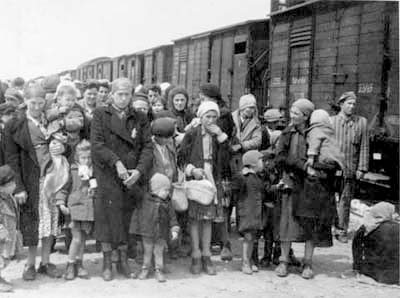

24 Monuments From Nazi Rail Cars
Right click image to enlarge.
  | A R |
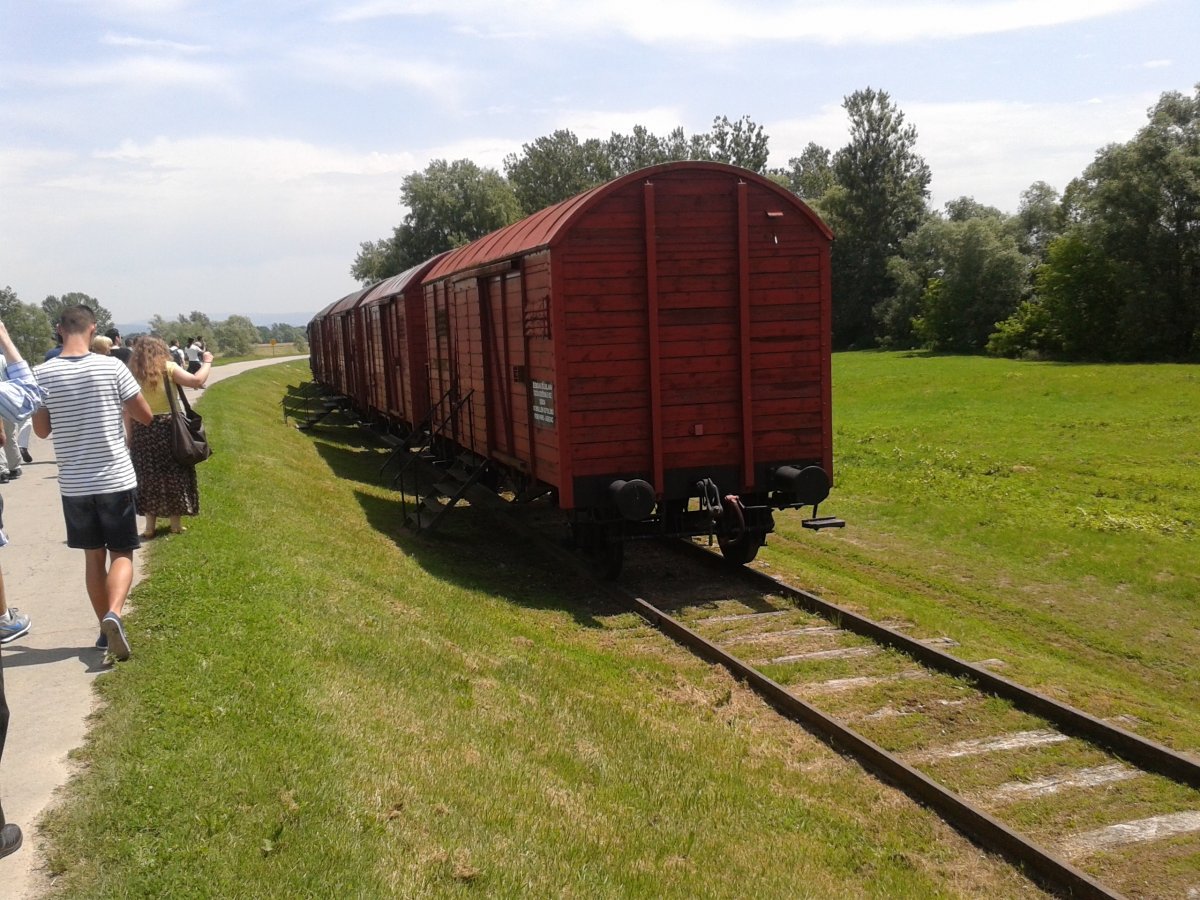
| R A I N |
| 
| U S E U M |

|
 |

|

|
|
  |
|
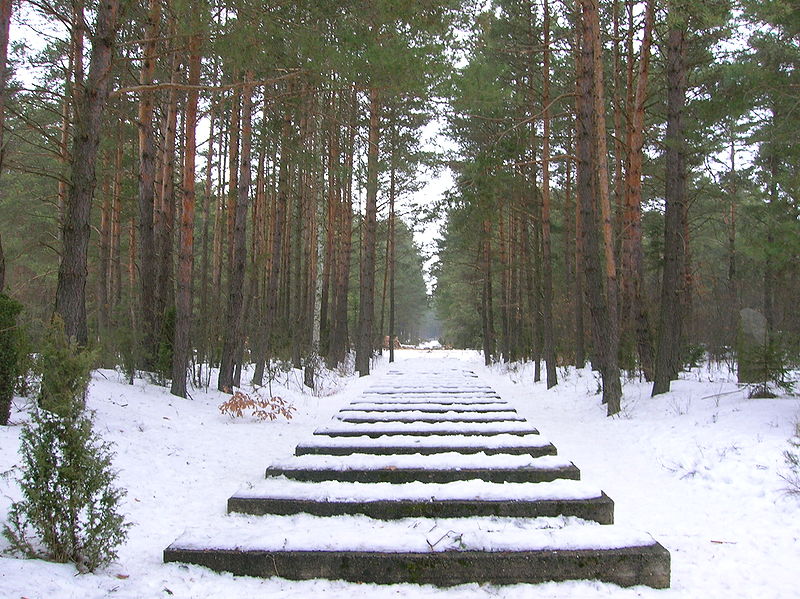
|
| 
|
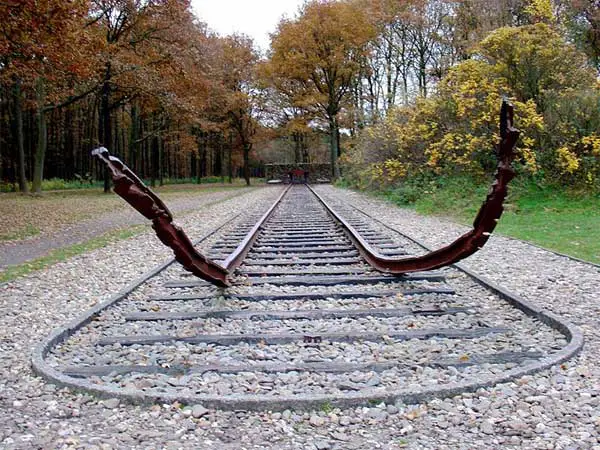
 |


| M U S E U M |



| R AI N |
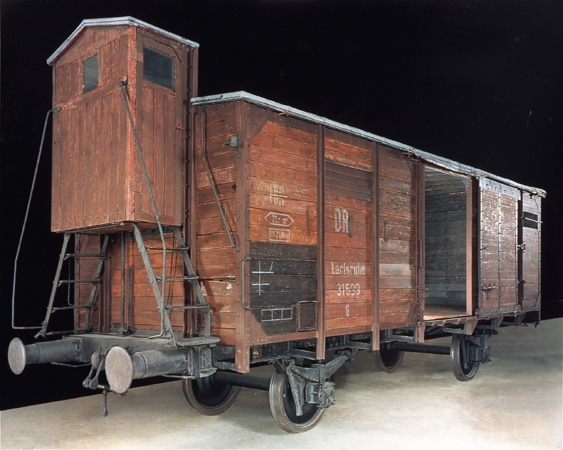
  |

 |
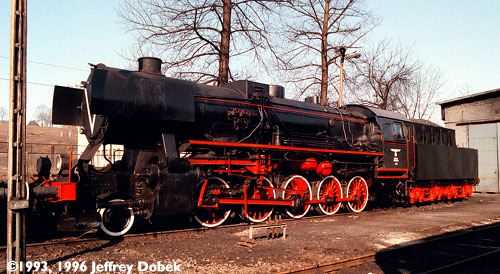

|
 |
|

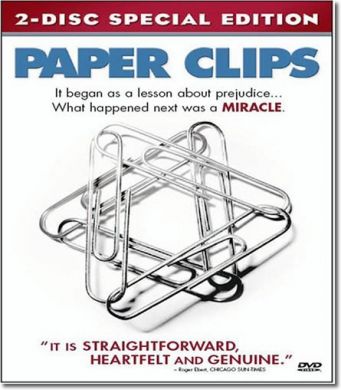
|

| U S E U M |

|

|
 | U S E U M |

| U S E U M |
 | U S E U M |
 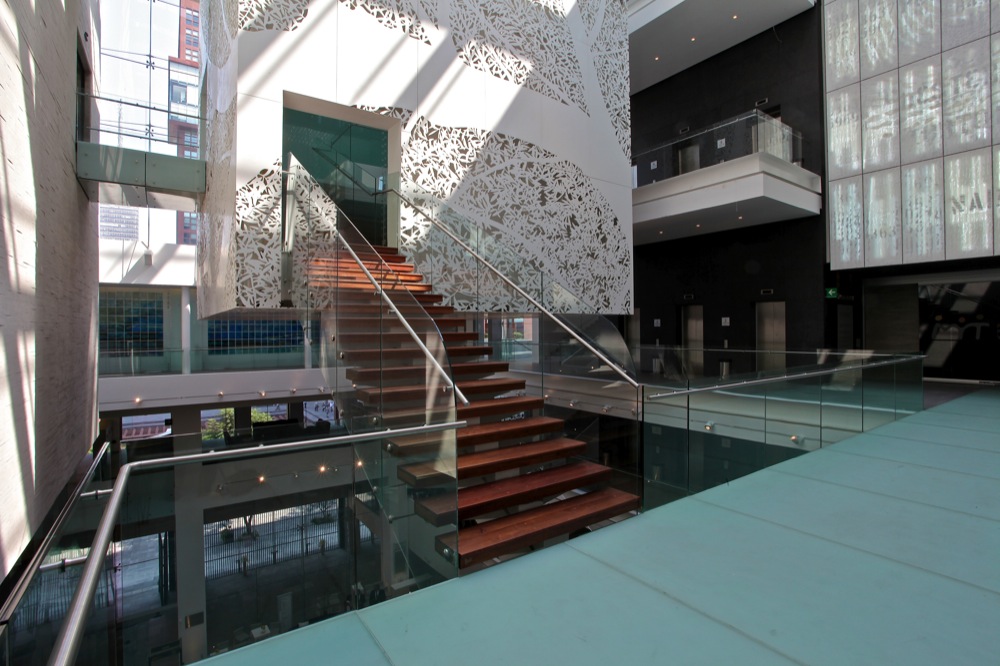 | U S E U M |
 |
 |

 | U S E U M |


24 Monuments From Nazi Rail Cars
Click here for Wikipedia article entitled "Holocaust Train." | Click here for other Holocaust monuments. | Click here for Yad Vashem Holocaust Memorial in Jerusalem. Right click image to enlarge.

C
A
R1947? - Freight car, Nationaal Gedenkteken Fort van Breendonk (Belgium). "In 1947 Fort Breendonk was declared to be a national memorial, recognising the suffering and cruelty that had been inflicted on the prisoners during World War II. The fort is now a well-preserved example of the prison camps operated by Nazi Germany during WW II."
T
R
A
I
N1968? - Death Train, Jasenovac Memorial Site Museum, Jasenovac (Croatia).
M
U
S
E
U
M1968 - Jasenovac Memorial Site Museum, Jasenovac (Croatia). "The Socialist Republic of Croatia adopted a new law on the Jasenovac Memorial Area in 1990, shortly before the first democratic elections in the country. The Jasenovac Memorial Museum was temporarily abandoned during the Yugoslav wars when it was taken over by the rebel Republic of Serb Krajina. In November 1991, Simo Brdar, a former associate director of the Memorial, stole the documentation from the museum & brought it to Bosnia & Herzegovina. Brdar kept the documents until 2001, when he transferred them to the US Holocaust Memorial Museum, with the help of SFOR & the government of Republika Srpska. The museum reopened in November 2006 with a new exhibition designed by the Croatian architect, Helena Paver Njiric, & an Educational Center designed by the firm Produkcija. The museum features an interior of rubber-clad steel modules, video & projection screens, & glass cases displaying artifacts from the camp. Above the exhibition space, which is quite dark, is a field of glass panels inscribed with the names of the victims. Helena Njiric won the first prize of the 2006 Zagreb Architectural Salon for her work on the museum. The new exhibition is however seen as scandalous by some, notably Efraim Zuroff, due to the removal of the Ustaše killing instruments from the display & a possible intent to minimise the crimes committed there.

Date? - Reconstructed railway wagon, KZ-Gedenkstätte Neuengamme / Neuengamme Memorial Site, Jean-Dolidier-Weg 75, Bergedorf, Hamburg (Germany). "A first memorial was erected in 1953 on the site of the former camp garden. It was expanded in 1965, and a 'document house' was added in 1981. In 1989, the Hamburg Senate decided that the prisons erected in 1950 and 1970 on the camp site should be relocated. The older one was closed in 2003, the newer in 2006. In 2005 a new memorial site and museum were opened. Wehn was the rail car "reconstructed" and made part of the memorial?
Date? - Freight car, Denk-Mal Güterwagen, (Germany). "...steht vor der Gesamtschule Winterhude in Hamburg-Winterhude und zeigt eine Figurengruppe der Künstler POM[1] und Cristine Schell[2] und einen Güterwagen. Es soll an die Deportation zweier Lehrerinnen erinnern, die an der Hamburger Schule Meerweinstraße unterrichtet haben – stellvertretend für die Opfer des Nationalsozialismus. Die Installation ist durch die Initiative einer Schüler-Projektgruppe dieser Schule entstanden. Die gedeckten Güterwagen der Regelbauart wurden von der Deutschen Reichsbahn für den Vieh- und Stückguttransport, im Ausnahmefall aber auch bei der Deportation deutscher Juden verwendet." /// Google translation: "Think-time freight cars in front of the comprehensive school in Hamburg-Winterbourne Winterbourne & shows a group of figures the artist POM & Cristine Schell and a freight car. It commemorates the deportation of two teachers who have taught at the Hamburg School Meerwein street - representing the victims of National Socialism. The installation was created by the initiative of a student project group of the school. The covered wagons of the type normally used by the German railways for the cattle and general cargo transportation, in exceptional cases but also in the deportation of German Jews."

Date? - Freight car, Bergen-Belsen Concentration Camp, Lower Saxony (Germany). "Ein Güterwagen des Typs, mit dem viele der Verschleppten in das Lager gebracht wurden." Google translation: "A freight car of the type with which many of the deportees were taken to the camp."

1976 - Wagon-Témoin, Memorial to the Deportation, Drancy (France). "Le camp de Drancy ou la Cité de la Muette, a été ouvert le 20 août 1941. Les bâtiments sont en forme de U, c’est pour cela qu’il est aussi surnommé le "fer à cheval". Ces bâtiments ont été réquisitionnés par l’armée allemande, car au début ce camp a été construit pour accueillir des logements mais personne n’y est allé donc les bâtiments ont été laissés à l’abandon. Le camp de Drancy n’est pas un camp de concentration mais plutôt un camp de transition ou d’internement vers les autres camps de concentration ou d’extermination comme Auschwitz-Birkenau, Struthof, Dachau... Nous avons pu rencontrer là bas dans une pièce qui sert de salle d’exposition à l’intérieur du camp, un ancien détenu d’Auschwitz qui a pu nous expliquer toute son histoire, dont son passage à Drancy au tout début de l’ouverture du camp. Il ne reste pas grand chose de cette époque à part un wagon qui est resté dans la cour du U. celui-ci envoyait les détenus vers Auschwitz-Birkenau notamment. A la place du camp on peut voir un parking et une cour de jeu, et les bâtiment sont devenus des HLM. " /// "On 20 January 2005, arsonists set fire to some railroad freight cars in the former camp; a tract signed 'Bin Laden' with an inverted swastika was found on the place. On 11 April 2009, a swastika was painted on the train car used for the deportation of Jews, a permanent exhibit. This action was condemned by the French Minister for the Interior, Michèle Alliot-Marie... Sculpture [right image] created by Israeli sculptor Shlomo Selinger to commemorate the French Jews imprisoned in the camp."


Date? - Entrance, or so-called "death gate," Auschwitz II-Birkenau extermination camp (Poland). Left image shows "original carriage at the Judenrampe platform, Auschwitz-Birkenau Museum."

Date? - Treblinka Extermination Camp, Treblinka (Poland). "Symbolic concrete blocks mark the path of the former railway line at Treblinka."


1977 - "The Passage to Freedom," near Talbot Hall, Oberlin College, Oberlin, Ohio (USA). "Commemorates Oberlin as a major stop on the Underground Railroad, the secret route by which abolitionists helped slaves escape to freedom in the Civil War era. Cameron Armstrong (then a senior at Oberlin College) constructed the piece as part of a class art project."


Date? - Herinneringscentrum Kamp Westerbork / Memorial Center Camp Westerbork, Westerbork, Middenveld, Drenthe (Netherlands). Westerbork functioned during the WW-II to assemble Roma and Dutch Jews for transport to other Nazi concentration camps. Now a museum. Left image shows Rails Monument, part of a former railroad track which was used during WW-II to transport people to and from the camp, including Anne Frank. Right image shows the Appelplatz Memorial, made of a small rectangular stone for each person who had stayed at Westerbork and later died in a Nazi camp. The stones have a silver flame insignia for Roma and Sinti and a Star of David for Jewish victims. (Appelplatz means square used for roll call.)




M
U
S
E
U
M
1984 - Dallas Holocaust Museum/Center for Education & Tolerance, Dallas, Texas (USA). "In 1984, survivors and benefactors established The Dallas Memorial Center for Holocaust Studies at the Dallas Jewish Community Center in North Dallas. NB: First observed use of the word "Holocaust" in the name of a Holocaust monument. In January 2005, the present name was adopted, and the museum moved to its present, temporary location in downtown Dallas. Houses an actual boxcar (from Belgium) used to transport Jews to ghettos and concentration camps. (According to Smithsonian.com, this is "he first boxcar ever used in a Holocaust museum.") Plans have been made for its permanent location in the historic West End area [right image]."





T
R
AI
N1990 - Cattle car, Yad Vashem, Jerusalem (Israel). Sometimes called "Auschwitz Wagon." "Used by Nazis to transport Jews to death camps. Given to Yad Vashem by Polish authorities. Now part of a memorial designed by Moshe Safdie, it sits on a severed railroad track jutting out over the slope of a hill, suspended between heaven & earth." Inscribed on on railing is poem "written in pencil in the sealed railway car" by Dan Pagis: "here in this carload / I am Eve / with Abel by son / if you see my other son / cain son of man / tell him I"





June 19, 1991 - Railcar, United States Holocaust Memorial Museum. Washington DC (USA). Middle image shows the rail car being placed inside the museum on February 9, 1991.


1992 - Boxcar, Florida Holocaust Museum, St. Petersburg, Florida (USA). "This boxcar, which sits on original tracks from the Treblinka death camp (Poland), is one of only three in the United States. Moved into its new home in the Holocaust Center last year, it serves as a silent witness to the horrors of the Holocaust. About 100 to 120 prisoners were jammed into 30- by 8-foot freight cars. Many died before the train arrived at its destination. Times file photo (1997)." "Formerly known as the Holocaust Center, the museum moved to its current location in 1998 and officially changed to its current name in 1999. One of the largest Holocaust museums in the US, it houses an actual box car (from Gdynia, Poland) that transported victims of the Nazi regime to the concentration camps." Entry #226 in the "Peace Movement Directory" by James Richard Bennett (2001).




February 1993 - Chabówka Railway Museum, between Krakow & Zakopane (Poland). "Several Chabowka engines were used in the filming of 'Schindler's List.' This Ty2 [locomotive], built in Germany during WWII, was in fresh paint ready for filming [when we visited]. It displays the German swastika & wore 'Deutsche Reichsbahn' lettering. Chabowka also supplied several vintage boxcars. A worker was applying German railway lettering to this car prior to filming in February 1993." /// "On our way [from Krakow to Zakopane in the beautiful Tatra Mountains], we passed by a very famous train museum, where many historical steam engines are kept, including the one used by Steven Spielberg when filming Schindler's List."


1994? - El Paso Holocaust Museum & Study Center, El Paso, Texas (USA). "A memorial to the millions of people who were brutally murdered by Adolf Hilter and the Nazi Regime from 1933 to 1945... Lessons in the galleries include: Life in Europe before the Nazi Party; the Rise of the Nazi Party; the Use of Nazi Propaganda; Kristallnacht; Life in the Ghettos; Transportation by Railcars to the Camps; Life and Death in Nazi Concentration Camps; Liberation by the Allied Forces; the Righteous Among the Nations; a Memorial and Reflection Room; and a Gallery of El Paso Holocaust Survivors."




November 9, 2001 - Holocaust Maenmal der Kinder / Children's Holocaust Memorial, Whitwell Middle School, Whitwell, Marion County (near Chattanooga), Tennessee (USA). "An authentic German railcar filled with 11 million paper clips (6 million for murdered Jews & 5 million for Gypsies, homosexuals, Jehovah's Witnesses, and other groups). Dedicated on the anniversary of Kristallnacht. A sculpture designed by an artist from Ooltewah, Tennessee, stands next to the car, memorializing the 1.5 million children murdered by the Nazis and incorporating another 11 million paper clips."



M
U
S
E
U
M
April 2003 - Virginia Holocaust Museum, 2000 East Cary Street, Richmond, Virginia (USA). "Co-founded by Al Rosenbaum, Jay M. Ipson & Mark Fetter. Rosenbaum created the sculpture of the menorah used in the museum's logo... First exhibit recreates the atmosphere of the Dachau concentration camp. Visitors can be guided by the voice of executive director Jay M. Ipson who was six years old when his family was taken to Kovno Ghetto (Lithuania). Next exhibit is set in Frankfurt (Germany) and features a radio announcement of Kristallnacht. Subsequently visitors come to a ghetto exhibit that they can 'escape' from by crawling through a tunnel. Other exhibits include a cattle car used for transporting Jews, a shower/gas chamber, a crematory, an exhibition of the ship Exodus 1947 (the ship that helped launch the nation of Israel), a replica of the famous choral synagogue in Lithuania, and the only originally rebuilt Nuremberg courtroom.

April 16-17, 2005 - Ravensbrück Memorial Site, Ravensbrück (Germany). 90 km (56 mi) north of Berlin. "A ceremony was held to commemorate the 60th anniversary of the concentration camp's liberation. Among those invited were around 600 survivors from all over the world, mostly eastern Europe. At the same time a new, permanent outdoor exhibition was opened, on the theme of the train transports to Ravensbrück. Its central exhibit is a refurbished goods wagon. The exhibition's information boards describe the origins of the transports & how they developed over time, and explain the different types of train, where they arrived and the part played by the local residents. It is probably the only exhibition so far at a German memorial which is dedicated solely to the subject of the transports to the camp."




March 5, 2006 - Railcar, Holocaust Museum Houston, 5401 Caroline Street, Houston, Texas (USA). "The railcar was relocated from Germany to Houston [and] formally dedicated & opened to the public during 10th Anniversary ceremonies at Holocaust Museum Houston on Sunday, March 5, 2006." "The fourth largest Holocaust memorial museum in the United States... Also present is a World War II-era railcar symbolic of those that had been used to transport German Jews from their normal lives, to the infamous horrors of the concentration camps, as well as an old Dutch fishing boat that carried hiding Jews to safety in its bow." /// "The museum is not that big. It's just one floor, but it's full of stories. I would have to say it's the most interesting museum I have ever been to. Not only did the museum display stories of the Holocaust, it also had stories about Cambodia and a few other places, which I thought were very interesting. There is a little garden outside of the museum where they have the rail car and the rescue boat on display."


M
U
S
E
U
M
February 13, 2007 - Holocaust Documentation & Education Center (HDEC), Hollywood, Florida (USA). At an event attended by over 1,000 people, the center unveiled its most prominent acquisition, an early 20th century rail car, one of the type used by Nazis during the Holocaust to transport millions of Jews to concentration camps and to their untimely deaths. Donation made by Alvin Malnik. We are grateful to the State of Florida, Bobbi & Mel Dick, and to all the following individuals (Alvin and Nancy Malnik) for their tremendous efforts and support in helping to ensure that this powerful educational visual tool, which demonstrates the loss of dignity & freedom during the reign of the Nazi regime, will become part of the first South Florida Holocaust Museum."

M
U
S
E
U
M
May 16, 2007 - Boxcar, Holocaust Museum & Education Center of Southwest Florida, Naples, Florida (USA). "After a four-year international search, the museum acquired an authentic World War II-era railway boxcar. It came to the museum from Europe on May 16, 2007 and has undergone careful restoration. A rare artifact, it is an invaluable and mobile educational tool to support the Museum’s mission of promoting tolerance and understanding by teaching the history and lessons of the Holocaust. The search & acquisition of the boxcar was undertaken by Jack Nortman, a board member and Past President of the Museum. Mr. Nortman’s family was caught in the web of the Nazis in Eastern Europe. Both of his parents survived, and he was born in Landsberg, a displaced persons camp in Germany. The Boxcar Transportation & Education Project, a world’s first, ensures that an important piece of history will visit students right on their school campus. The boxcar serves as a traveling exhibit, the centerpiece in learning about the Holocaust."

M
U
S
E
U
M
April 19, 2009 - Holocaust Museum & Education Center, Stokie, Illinois (USA)."On Sunday, April 19, 2009, a brand new Holocaust Museum & Education Center is opening to the public in Stokie, Illinois. The museum will include a permanent exhibit that begins with a film and then offers over 500 artifacts to help explain the Holocaust. Included in the exhibit is an old rail car that visitors can enter."

M
U
S
E
U
MOctober 2010 - Museo Memoria y Tolerancia (MyT) / Museum of Memory & Tolerance, Plaza Juarez, Centro Historico | Frente al Hemiciclo a Juárez de la Alameda central, Mexico City (Mexico). "Dedicated to two topics. The first 'Memory' part tells horrible story of Nazi Hollocaust. This is followed by stories of genocides in Rwanda, Bosnia, Armenia & others. The second section on 'Tolearance' makes you think about current issues and encourages more tolerance."


January 24, 2014 - German Rail Car, Netanya Memorial Site, Netanya (Israel). At a memorial near Tel Aviv. The result of a search by Tatjana Ruge (Berlin) & Ronny Dotan (Tel Aviv) "surrounded by the assistance of world known experts from Israel & abroad (Dr. Gottwaldt and Dipl-Ing Diener from Germany) [for for a "Covered Freight Car G 10" constructed in Germany before May 1945]... After the Wagon (Munchen 12 2-46) was found in Germany [and] brought to Israel...we found some unbelievable finding engraved on the chassis of the Wagon next to the door wheel. After more deep searches we identified other symbols in two different places. It comes in a total number of three Stars of David embedded in the chassis in different places, by using a chisel by no doubt a professionally Jewish locksmith worker. This finding is of global and unique importance, since as far as we know never found before on any other wagons. Visitors passing by those authentic signs are deeply moved looking at them, as a souvenir made some 70 years ago. Apparently the markings were sunk by a Jewish locksmith during forced labor and his souvenir remains forever as a sign for eternal memory." Information courtesy of Tatjana Ruge.
Future - Binario 21 / Track 21 Shoah Memorial, Central Station, Milan (Italy). "Italian veteran partisan Lodovico Nova stands in front of a train car at the "Track 21" memorial in Milan, the site where most of the deportation trains were boarded during the Holocaust." AP photo as published in the Washington Post on January 27, 2010.


M
U
S
E
U
M
Future - Holocaust & Tolerance Museum, Chandler, Arizona (USA). "In this April 12, 2012, photo, holocaust survivor Helen Handler rests her head & cries on the wall of a rail car that will go in the Holocaust & Tolerance Museum in Phoenix. The railcar was brought 11,000 miles from Macedonia to Arizona. The last time Handler saw her family together was on a similar car on the way to Auschwitz."

|
Then page down & choose a link to one of more than 400 web pages. | Loading
|